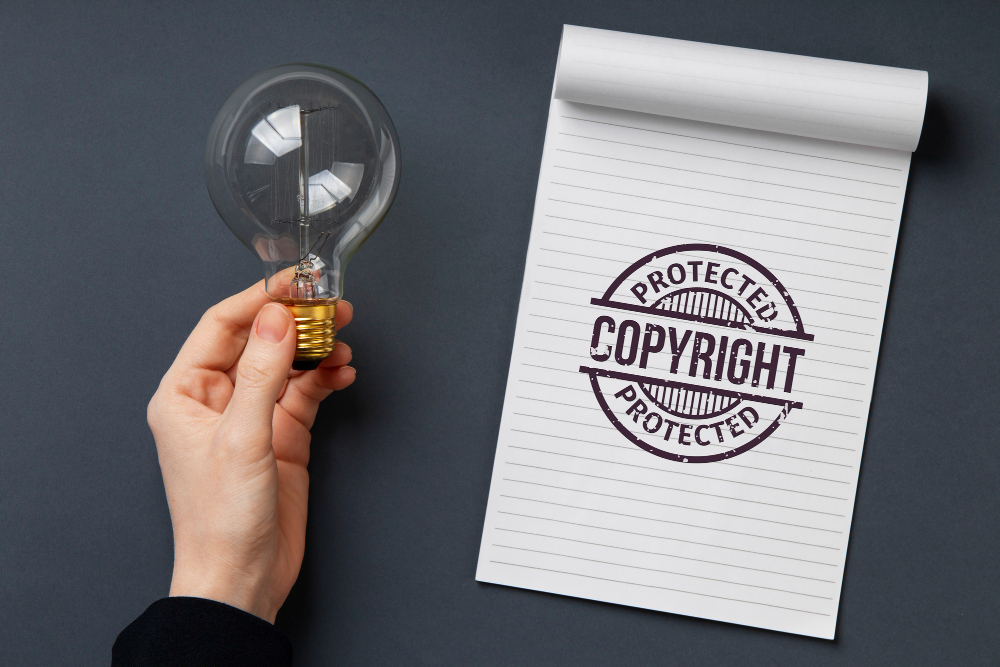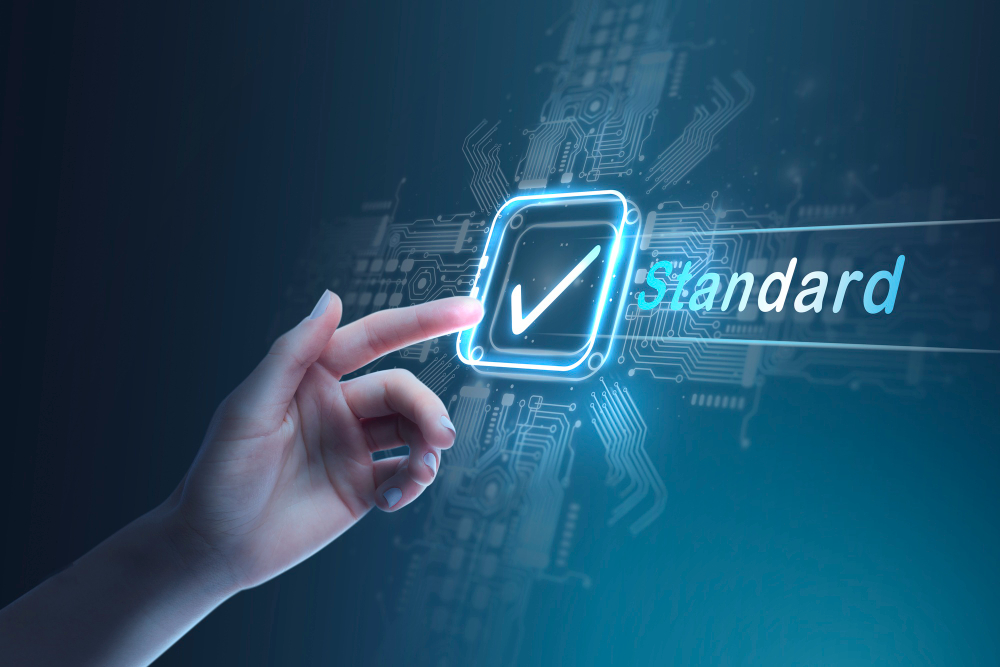Introduction
Imagine pouring months or even years of effort into writing a book, crafting intricate storylines, and building compelling characters, only to discover that someone has copied your work without permission. For many writers, this nightmare is a genuine risk in today’s interconnected digital world. This is where copyright types play a pivotal role. Literary copyright acts as a shield for authors, ensuring that their creativity is respected and protected against unauthorized use, plagiarism, and exploitation. It empowers writers by giving them control over their work and the recognition they deserve.
In this blog, we will explore how literary copyright strengthens the position of creative writers in the publishing ecosystem. From understanding different copyright types to learning about legal frameworks, ownership rights, and protection strategies, writers will discover valuable insights to safeguard their intellectual property. By the end, you’ll know not only why copyright is important but also how to use it effectively. If you are a writer looking to secure your work, Aiplex Anti-Piracy’s copyright protection services are designed to help you maintain ownership and authority over your creations.
Things Writers Should Know Before Understanding Copyright Types
Before diving into the specifics of copyright types, it is essential to grasp the basics of how copyright applies to literary works. Copyright is more than just a legal formality; it is a recognition of the writer’s originality and creativity. It grants exclusive rights, including the ability to reproduce, distribute, adapt, and publicly perform the work. Without these protections, authors would find it difficult to earn recognition or financial reward from their labor.
However, copyright law comes with its limitations and exceptions. Writers must know about the concepts of fair use, public domain, and moral rights to avoid confusion. Additionally, understanding how long copyright lasts and what rights expire over time can save authors from unexpected challenges. In the following subsections, we will break down these essential ideas that every writer should be familiar with.
Literary Works Copyright
Literary works copyright specifically covers original writing such as novels, short stories, poems, essays, and scripts. This form of protection ensures that the creator retains full control over how their written work is reproduced, adapted, or shared. It also provides legal recourse in cases where their content is copied without permission.
Writers should understand that literary copyright begins the moment their work is fixed in a tangible medium—whether on paper or in digital format. There is no requirement for formal registration to claim ownership, although registering with copyright offices can strengthen protection. This form of intellectual property law acts as a foundation for writers seeking long-term recognition and financial security.
Duration of Copyright Protection
One of the most critical aspects of copyright law is the duration of protection. In most jurisdictions, literary copyright lasts for the lifetime of the author plus an additional 50 to 70 years, depending on the country’s laws. This ensures that both the author and their heirs can benefit from the intellectual property.
Writers should note that once the copyright term expires, the work enters the public domain, making it free for anyone to use without permission. Understanding this timeline is essential because it allows writers to plan for long-term benefits, such as royalties, licensing, and legacy planning for their families.
Moral Rights in Copyright Law
Apart from economic rights, writers also enjoy moral rights, which protect their reputation and authorship. Moral rights ensure that a writer is credited as the creator of the work and prevent unauthorized modifications that could damage their integrity. For example, a poem cannot be altered and published under another author’s name without violating moral rights.
Moral rights are crucial because they maintain the link between the writer and their work, beyond financial considerations. These rights often last even after the transfer of economic rights, ensuring authors continue to receive acknowledgment for their creations.
Fair Use and Exceptions
While copyright protection is powerful, it does not apply without exceptions. One of the most significant exceptions is fair use (or fair dealing in some countries). This allows limited use of copyrighted works for purposes such as education, criticism, research, or parody without seeking permission.
Writers must understand the scope of fair use so they can avoid unnecessary disputes. For instance, quoting a few lines from a novel in a review may fall under fair use, but reproducing an entire chapter likely does not. Recognizing these boundaries ensures writers can protect their works while respecting others’ rights.
Digital Rights Management (DRM)
In the digital era, piracy and unauthorized sharing are widespread challenges for writers. This is where Digital Rights Management (DRM) technologies come into play. DRM restricts how digital content can be copied, distributed, or modified, offering writers an additional layer of protection.
DRM is particularly beneficial for e-books and online publishing. Authors who release digital content can use DRM tools to prevent unauthorized downloads or ensure that their work is accessed only through legal channels. By combining legal copyright protection with DRM, writers can maximize control over their digital assets.
Exploring the Different Copyright Types
Copyright is not one-size-fits-all. Different copyright types exist depending on the nature of the work. For writers, it is vital to understand how these categories apply to their literary creations. Each type provides tailored protection, ensuring that diverse forms of creativity receive adequate legal coverage.
Copyright for Original Literary Works
This is the most common copyright type that applies directly to writers. It covers any original text such as books, essays, scripts, and poetry. Protection under this category ensures that no one can reproduce or distribute the content without the author’s consent.
Authors can also license their literary works to publishers, film studios, or educational institutions. This type of copyright provides the foundation for authors to monetize their creativity while retaining ownership rights.
Copyright for Translations and Adaptations
Writers often expand their reach by translating or adapting their work into different formats such as plays, films, or digital content. Copyright law also protects these adaptations, provided they are original and authorized by the author of the original work.
This ensures that translators and adaptors cannot profit unfairly from someone else’s writing. Authors can grant licenses for adaptations, creating new revenue streams while ensuring their core content remains under their control.
Copyright for Anthologies and Compilations
Another important copyright type is for anthologies and compilations. This applies when multiple works are collected into a single volume, such as poetry collections, essay compilations, or short story anthologies. The creator of the compilation holds rights over the structure and arrangement.
Writers whose works are included in compilations still retain copyright for their individual pieces. This dual protection allows both the compiler and contributing authors to benefit legally and financially.
Copyright for Online and Digital Publications
As more writers publish e-books, blogs, and digital stories, online copyright has become increasingly significant. Digital works face higher risks of unauthorized distribution, making it essential to understand how copyright applies to online publishing.
Writers can register digital works and use technological tools like watermarks and DRM to strengthen protection. This type of copyright ensures authors remain in control of their online presence and prevent their works from being misused in digital spaces.
Copyright for Audiobooks and Performances
In recent years, audiobooks and live readings have surged in popularity. Copyright also extends to audio recordings and performances of literary works. Authors hold rights over how their works are read, recorded, or broadcasted.
This ensures that performances cannot be reproduced or monetized without the writer’s consent. By granting performance rights, writers can collaborate with voice actors, publishers, and event organizers to reach new audiences while protecting their ownership.
Why Choose Aiplex Anti-Piracy for Copyright Protection
While understanding copyright types is essential, enforcing them is often challenging in today’s digital-first world. Piracy, plagiarism, and unauthorized distribution remain serious threats. This is where Aiplex Anti-Piracy provides unmatched support. The company specializes in digital rights management, anti-piracy monitoring, and copyright enforcement across multiple platforms.
By choosing Aiplex, writers gain access to advanced tools that track, detect, and remove unauthorized copies of their works online. Their services also cover legal takedowns, ensuring writers’ intellectual property is respected worldwide. With Aiplex, authors not only protect their creations but also preserve their professional reputation and revenue streams.
Conclusion
Literary copyright is more than just a legal safeguard—it is a powerful tool that empowers creative writers to thrive in the modern publishing landscape. By understanding the different copyright types, writers can ensure their works remain protected, respected, and monetized. From original manuscripts to digital publications and audiobooks, copyright law extends its protective umbrella across every medium.
For writers seeking peace of mind and robust protection against piracy, working with professionals like Aiplex Anti-Piracy ensures that creativity is not compromised. Ultimately, copyright allows writers to focus on what matters most: telling stories, sharing knowledge, and inspiring audiences—while knowing their rights are fully safeguarded.
Summary
In this blog, we explored how literary copyright empowers writers by safeguarding originality, ensuring fair compensation, and protecting against misuse. We examined critical elements writers must know—such as literary works copyright, duration of protection, moral rights, fair use, and digital rights management. We then broke down the different copyright types, including those for original works, translations, anthologies, digital publications, and performances.
Finally, we highlighted why choosing Aiplex Anti-Piracy is a smart move for writers seeking comprehensive copyright protection and enforcement. With expert support and advanced anti-pirac



